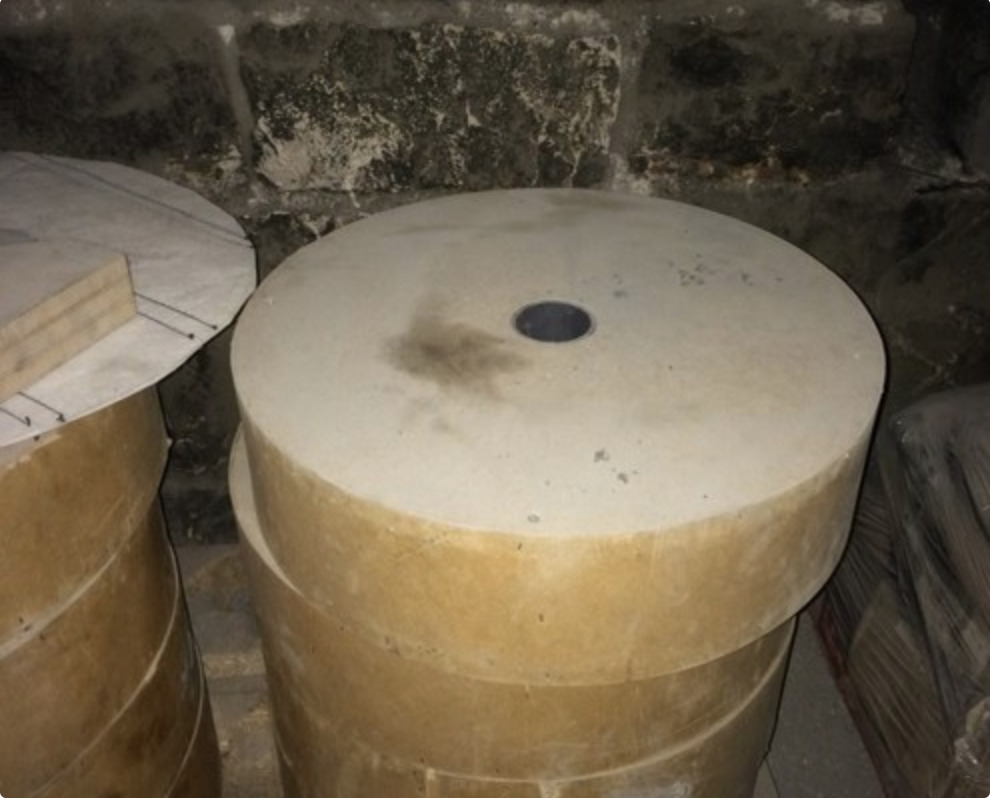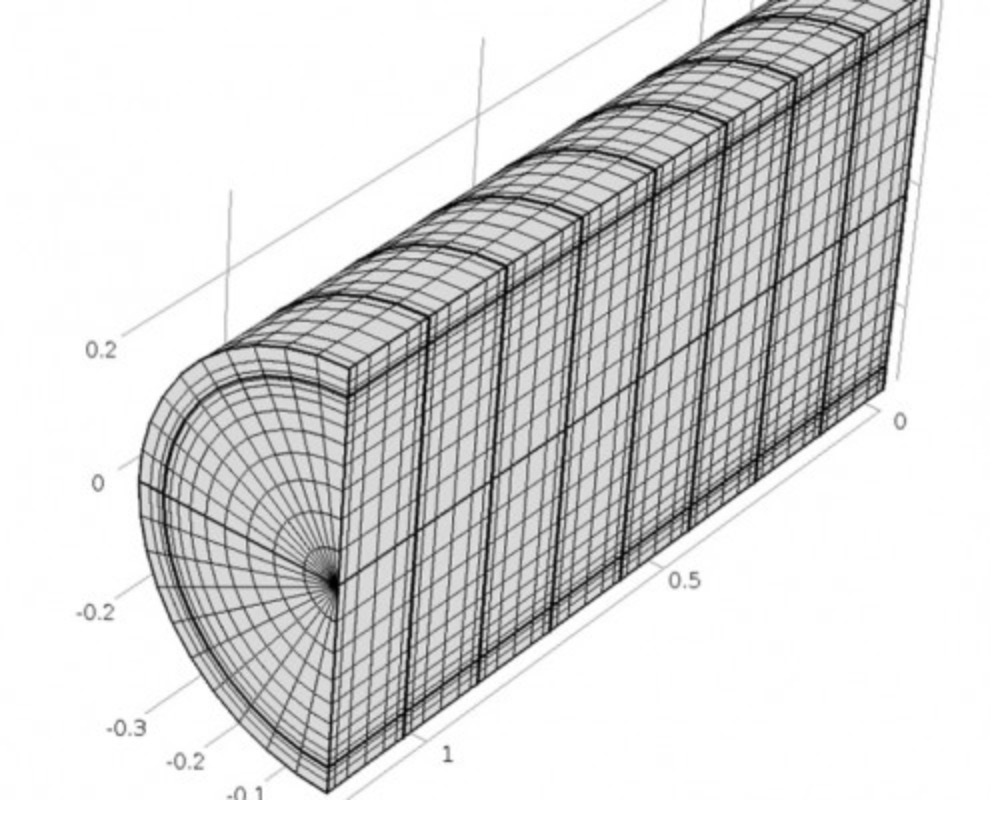simulation of the hydro-mechanical behaviour of bentonite seals for the containment of
radioactive wastes
In collaboration with the Canadian Nuclear Safety Commission (CNSC) and the French Institute of Radioprotection and Nuclear Safety (IRSN), Geofirma simulated the Task A SEALEX experiments, part of the DECOVALEX 2015 Project (DEvelopment of COupled models and their VALidation against EXperiments). The experiments examined the forced re-saturation of pre-fabricated blocks of bentonite/sand, where expansion of the sample was possible due to technological voids between bentonite blocks and the steel container (in the laboratory tests) or the host rock (in the in-situ experiments). The technological voids mimic the extreme situation of imperfect emplacement of the seals. Relative humidity and total stress were monitored during both tests. A mathematical model to simulate the above experiments was developed within the framework of poromechanics, with the inclusion of partial saturation hydromechanical characteristics and swelling potential of clay minerals. The simulation work included the implementation of constitutive equations in the COMSOL multiphysics code, calibration of key material properties in laboratory-scale tests, and modelling of the full-scale hydro-mechanical tests of bentonite seals. Important processes and properties included the swelling-suction coefficient, the deformation dependent permeability, the swelling-dependent water retention parameters, and the suction dependant Cam Clay model parameters.


© Copyright – Geofirma Engineering Ltd. | 200-1 Raymond St., Ottawa, ON K1R 1A2
